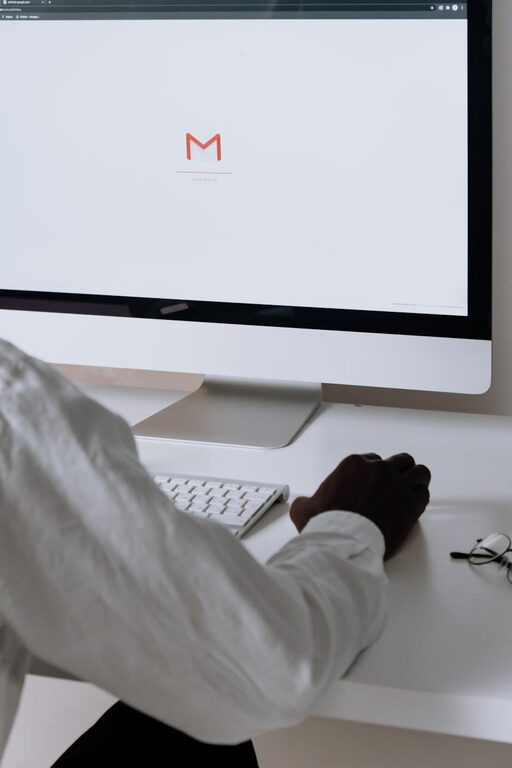Managing emails can feel overwhelming, especially when new messages keep pouring in throughout the day. An out-of-control inbox not only wastes time but can also cause stress and reduce productivity. The good news is that with some easy-to-follow techniques, you can regain control of your emails and make your inbox a helpful tool instead of a source of frustration.
In this post, we’ll explore practical steps to keep your emails organized, respond efficiently, and maintain a clear inbox. Whether you use your email for work, personal communication, or both, these strategies will help you stay on top of your messages with less effort.
Why Controlling Your Inbox Matters
Before diving into tips, it’s helpful to understand why managing emails matters:
– Saves time: An organized inbox makes it quicker to find important messages.
– Reduces stress: Fewer unread messages and clutter improve your peace of mind.
– Improves productivity: When your inbox is manageable, you focus better on tasks.
– Prevents missed opportunities: Prompt responses and clear organization avoid overlooked emails.
Now, let’s look at actionable ways to take control.
1. Set Specific Times for Checking Email
Constantly checking email can fragment your attention and increase stress. Instead:
– Designate a few times during the day (such as morning, after lunch, and late afternoon) to read and respond.
– Turn off notifications outside those times to reduce distractions.
– Use a timer to limit how long you spend on emails in each session.
This focused approach helps you prioritize more important tasks and avoids getting sucked into endless email cycles.
2. Use Folders and Labels to Organize
Creating a system of folders or labels (depending on your email platform) helps keep related emails together. Consider organizing by:
– Priority: Urgent, Important, To- Read Later
– Projects: Each major project or client gets its own folder
– Categories: Newsletters, Receipts, Personal, Work
When emails come in, move them immediately to the right folder or label. This keeps the main inbox less cluttered and makes follow-up easier.
3. Unsubscribe from Unwanted Newsletters
Subscriptions can flood your inbox with messages you rarely read. To declutter:
– Periodically review newsletters and promotions.
– Use an unsubscribe link at the bottom of emails you no longer find useful.
– Consider specialized tools or apps that identify and help unsubscribe from unwanted mail.
Reducing unnecessary emails will let important messages stand out.
4. Apply the “Two-Minute Rule”
If an email can be answered or dealt with in two minutes or less, do it immediately. This keeps small tasks from piling up and makes your inbox lighter.
For longer or more complex emails:
– Flag them or move them to a “To Do” folder for attention later during your focused email sessions.
5. Utilize Email Filters and Rules
Most email services allow you to set up automatic filters that sort incoming emails based on criteria you define:
– Send mailing list messages to a separate folder.
– Automatically label emails from your boss or important clients.
– Mark promotional emails as read or archive them immediately.
Filters save time and ensure you don’t miss key messages buried under less urgent ones.
6. Archive or Delete Emails Regularly
Don’t feel the need to keep every message in your main inbox. Instead,
– Archive emails you may want to keep but don’t require immediate action.
– Delete irrelevant or duplicate messages.
– Schedule a monthly or weekly cleanup session to tidy your inbox.
Keeping your inbox lean makes it easier to manage and reduces digital clutter.
7. Write Clear and Concise Emails
Controlling your inbox isn’t just about incoming messages; it also involves how you communicate. Clear, concise emails:
– Reduce unnecessary back-and-forth.
– Help recipients respond efficiently.
– Minimize confusion and missed information.
Try to keep your emails focused on one topic and include clear calls to action if response is needed.
8. Use a Separate Email for Personal and Work
If possible, maintain different email accounts for personal and professional use. This separation:
– Helps focus on the right emails during work hours.
– Reduces the chance of accidentally mixing sensitive communications.
– Makes it easier to organize since the types of emails differ.
Check your personal email outside of work time to maintain better balance.
9. Explore Email Management Tools
There are many apps designed to help manage inboxes efficiently, such as:
– Email clients with smart sorting (e.g., Outlook Focused Inbox, Gmail Priority Inbox)
– Third-party apps that combine multiple accounts or filter newsletters
– Tools that schedule emails to send later or remind you to follow up
Explore options that fit your habits and help streamline email tasks.
Conclusion
Keeping your emails under control is achievable with a combination of good habits and effective tools. By setting specific times to check your email, organizing messages using folders and filters, reducing unnecessary subscriptions, and responding to quick tasks right away, you can maintain a clean and productive inbox.
Try incorporating one or two strategies at a time. Over weeks, you’ll notice less stress, better focus, and more time for what matters most. Your inbox can become an asset rather than a burden—take charge today!

